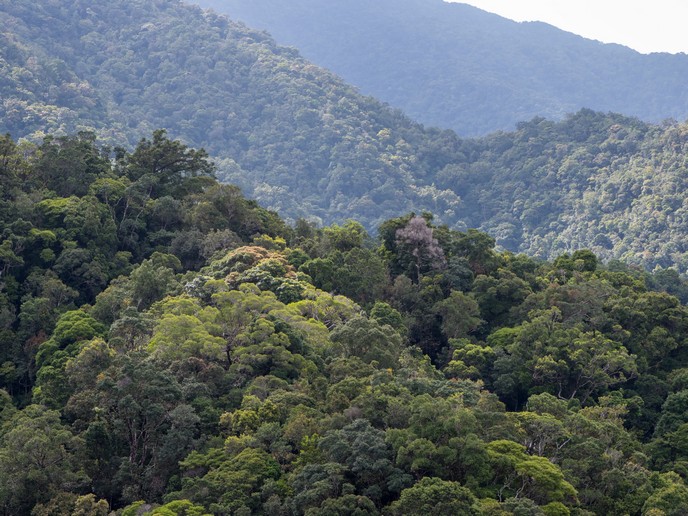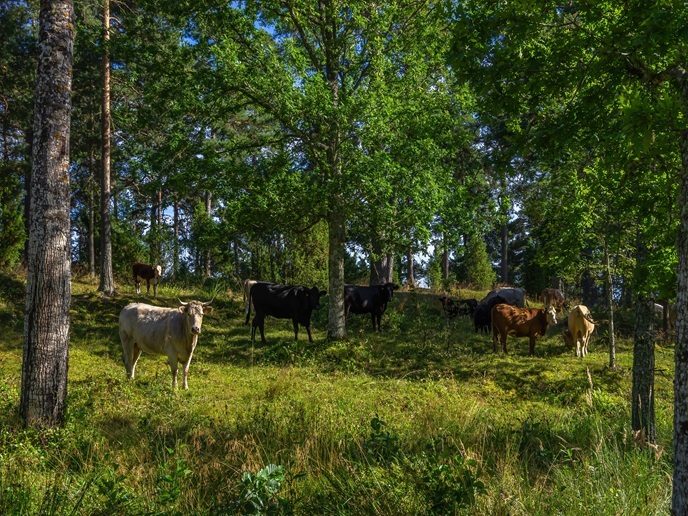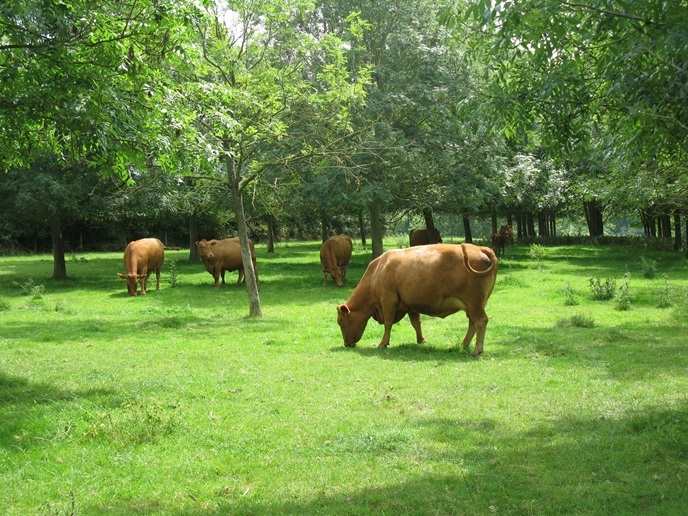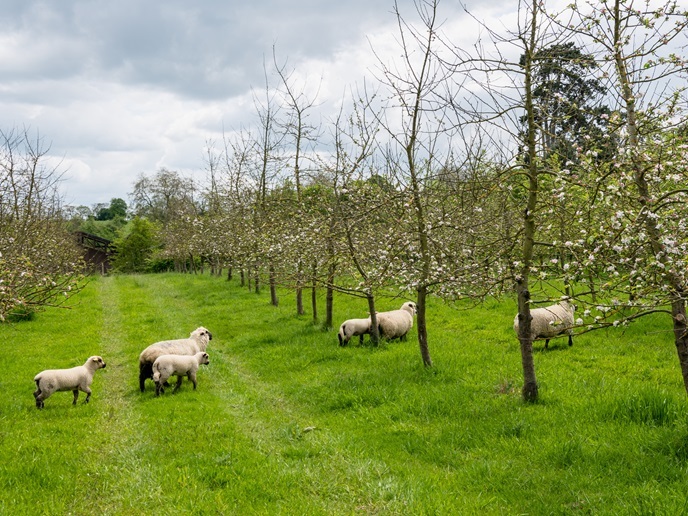Seeing the forest and the trees: combining demographics and species traits
Forests play a vital role in the carbon cycle, acting as a net carbon sink equivalent to about 1.5 times(opens in new window) the annual emissions of the whole of the United States. Tropical forests capture and sequester most of their carbon for long periods of time in aboveground vegetation. This storage increases as trees grow and decreases when they die. Global climate change is affecting forests’ capacity for carbon storage. Understanding the response of tropical forests – their composition, dynamics and functions – to a changing climate is necessary to accurately predict future scenarios. With the support of the Marie Skłodowska-Curie Actions(opens in new window) (MSCA) programme, the TropDemTrait project evaluated tree growth and mortality in response to climate stressors in the wet tropics, combining demographic and trait information.
Proxies of tree demography in long-living tropical forests
Trees in tropical regions can live for centuries, yet they have been monitored for only five decades or less, providing only a tiny glimpse at their life cycle. “It is critical to find proxies of tree demography that can be leveraged at longer time scales, especially in highly diverse tropical forests. Functional traits (morphological, chemical, physiological or phenological characteristics of trees) are relatively easy to measure in many species and can capture species differences in growth and mortality rates,” explains MSCA supervisor Claire Fortunel of the National Research Institute for Sustainable Development(opens in new window) (IRD).
Demographics and species-level responses
MSCA fellow David Bauman, also of IRD, agrees: “Looking at both forest-level and species-level responses to environmental changes is critical to improve our understanding of the future of tropical forests.” TropDemTrait leveraged a unique data set spanning all tropical regions, thanks to many collaborators who have collected tree demography and trait data over decades. They used this to develop powerful analytical approaches evaluating the influences of climate drivers on tropical forest demography. The combination of state-of-the-art demographic models with a formal causal inference analytical framework should improve the accuracy of predictions for future scenarios.
Climate impacts on tropical forests and trees
"We showed that tree growth declined with increasingly warmer and drier conditions, with no marked differences across tropical regions. In addition, warmer tropical forests exhibited steeper growth decline with increasing temperature anomalies than relatively colder tropical forests," notes Bauman. Focusing on the tropical wet forests of Australia – with about 50 years of monitoring for 20 forest plots – Bauman found that tree mortality has roughly doubled since the mid- to late 1980s across all plots and most species. This mortality increase was not offset by increasing tree growth and recruitment, suggesting that these forests have lost more carbon than they have absorbed. Work on species traits in relation to tree growth and mortality sensitivity to climate stressors is ongoing but outcomes are supporting the ability of traits to enhance understanding and prediction of species differences in demographic responses to the environment. “Trees are structuring components of forest diversity and functioning. We still have limited information on how they live and die, particularly in highly diverse tropical forests. Efforts by the research community to survey and monitor these ecosystems are essential to improve our collective understanding of the mechanisms shaping diversity and functioning and our predictions of the future of tropical forests,” concludes Bauman. Having joined Fortunel’s group as a permanent junior researcher at project close, Bauman’s contribution to these efforts will continue to grow and bear fruit.







